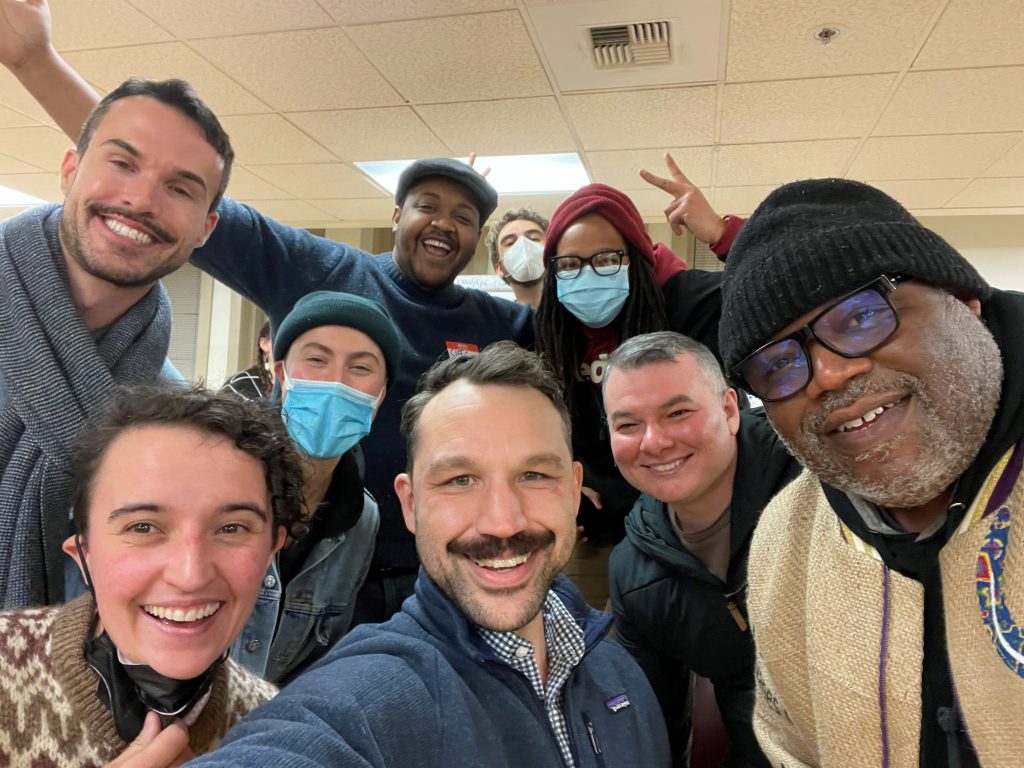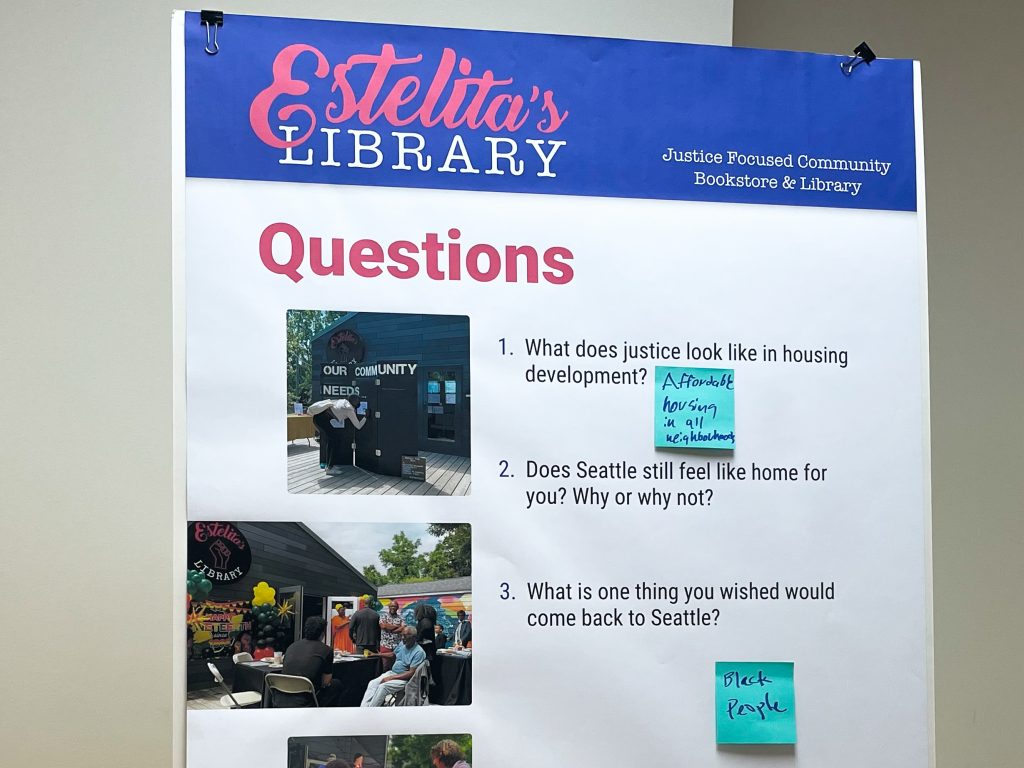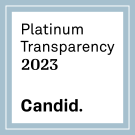Affordable Housing Newbie at a Community Meeting
My name is Elan, and I joined the HDC team in October as Communications Manager. I’m here because I believe that everyone deserves to be safely, affordably housed—but when it comes to policy, advocacy, and even the vocabulary of the affordable housing sector I have a lot to learn!
I know I’m not the only person who feels this way. So if you’re someone who is interested in advocacy action but doesn’t have much experience, or you’re also new to the sector, or you just want to learn a little more about the landscape of affordable housing, then I’m inviting you to come along with me!
Right now, the City of Seattle is hosting a series of Community Meetings about the Comprehensive Plan. This only happens once every 10 years—and it’s a BIG deal!
Part 1: What is a Comprehensive Plan?
Right now, cities throughout the King County region are taking on their major, once-every-ten-years comprehensive plan updates. A comprehensive plan (often abbreviate to “comp plan”) is essentially a blueprint for city growth. It guides decisions about what kinds of housing can be built where.
The strategy for growth in the current plan (which is now 8 years old) encourages more housing only in certain areas of the city. This strategy has not succeeded in meeting rising housing needs, or done enough to prevent displacing people who already live in those areas.
I think this video from KUOW does a great job of illustrating this (communications #goals), so I highly recommend that you pause your reading here and give it a watch.
View this post on Instagram
Currently, the Office of Planning & Community Development (OPCD for short) has five “alternatives” they are exploring—essentially five possible directions that the Plan could go. Of those five possible directions, Alternative 5 is the one most favored by affordable housing advocates. Here are three reasons why:
- It allows the most housing of different types in the most locations. This is important because Seattle’s need for housing, and especially affordable housing, far outweighs availability. Allowing denser housing is key to solving the housing crisis.
- It addresses climate change by creating walkable neighborhoods with access to more transit and amenities.
- The current Urban Villages strategy increases displacement pressure on BIPOC communities, drives up housing costs, and has restricted homeownership opportunities for all but the wealthiest Seattleites. Alternative 5 goes the furthest to address racial inequities from historical exclusionary zoning policies.
You might also hear about “Alternative 6,” even though there are only five alternatives in the City’s current outline. I’ve heard a few different versions of Alternative 6, but all agree that none of five alternatives go far enough to address urgent issues like housing, climate change, and systemic racism and displacement. For example, where Alternative 5 allows multi-family homes in some areas of the city that have not allowed those developments in the past, a 6th alternative might lay the groundwork for allowing 4-6 story apartments in all neighborhoods. (HDC and many other organizations signed onto a letter that lays out a more ambitious Alternative 6, and coalition advocacy efforts are still underway—read the letter here.)
Part 2: How can community get involved?
OPCD is actively looking for broad community input, especially from those who have historically and systemically been excluded from policy decisions. They’ve put together a website just for community members, called the Engagement Hub, with information and ways to get involved. They’re working directly with community organizations like Estelita’s Library, Asian Pacific American Labor Alliance, and Khmer Community of Seattle King County.
They’re also hosting a series of Community Meetings that anyone (you again) is encouraged to attend at locations all around the city. (More on that in just a minute.)
All of this feedback is being collected (in fact, you can read a lot of it yourself on the Engagement Hub, like here and here) and will help inform the final plan.
Part 3: Preparing for a Community Meeting
OPCD has been working hard to get the word out about the Community Meeting series, and as the communications person at HDC, I’ve been doing what I can to help by sharing information with our networks—so last month I attended one myself. HDC staff have attended most meetings in the series, but I had never been to anything like this before, so I was feeling nervous. What would it be like?
To prepare, I did what I always do when I’m anxious: way too much research. And I learned a lot—but when it comes to something as big as a comp plan, there’s almost too much to learn.
Fortunately, a coworker gave me some valuable advice: when it comes to advocacy, your lived experience can be even more powerful than a strong grasp of policy. I was never going to have all the answers, no matter how much I read. My coworker’s advice reminded me that that was okay.
If you do want to read up before a Community Meeting, I recommend this guide from Futurewise. Not only does it explain Alternatives 1-5 in simple terms, but it also includes hot tips like, “Eat dinner first,” and, “Go with someone else,” both of which I did only because they reminded me—thank you, Futurewise team!
Part 4: What was the meeting like?
Just inside the doors of Langston Seattle, OPCD staff greeted newcomers at a check-in desk.
They pointed me toward the event space and the restrooms, talked me through the program (a 30 minute “open house,” followed by breakout group discussions), and handed me printout of the discussion questions for later.
Already feeling a little less nervous, I headed over to the event space, where staff members had set up amazing presentation boards (you can see PDFs here) all around the room, separated into different areas by topic (i.e., housing, transportation, parks). I saw some community members stopping to talk with OPCD staff or greet a neighbor, and others quietly taking in the content on the presentation boards.
Around 6:30 there was a short speech by Acting Director of OPCD, Rico Quirindongo, and then we were asked to find an empty chair in one of the many circles of chairs around the room.
I joined a group of eight other people, including nonprofit staff, urban planning students, and other community members. A City staff person facilitated by asking questions, and each person in our group had the chance to respond or pass in turn.
While we took turns answering these questions, City staff took detailed notes on a big notepad so that all of us participating could track what was going to go back to OPCD.
The questions are the same at all of the meetings, and include things like “What kinds of new housing are needed where you live?” and, “What do you love most about your neighborhood? What’s missing from your neighborhood?” The questions are available online as a survey, so check them out!
Part 5: The Group Discussion
This group discussion was the part I had felt most nervous about, but in the end, it was the part I appreciated the most. What stands out are the stories from people in my group who grew up in the Central District. They described watching neighbors being displaced or having been displaced themselves. They talked about the loss of places for kids to play, and of spaces where communities can organize and build together. I felt a lot of gratitude for the chance to listen and learn from my neighbors—and when my turn came around, I felt comfortable sharing my own experiences.
By the end of the night, I felt closer to my neighbors, some of whom had shared a lot of themselves in our relatively short discussion time. I also came away with a better understanding of what the Comprehensive Plan really means for people’s lives.

Our ability to solve the intertwined crises of housing, systemic racism, and climate change depends on the plans we set in place today.
So please, take a look at your calendar, text a friend, and make plans to attend the final Community Meeting on January 10th! I’m including details below, along with a few suggested resources if you want to learn more.
How to Get Involved
Attend the final Community Meeting yourself on Tuesday, January 10th!
Tuesday, January 10, 6:00-8:00 p.m.
Meadowbrook Community Center
10517 35th Ave NE, Seattle, WA 98125
Check the Engagement Hub Events page and OPCD’s Twitter/Facebook for updates.
If you can’t make it to the final meeting in person, you can answer the discussion questions online and provide other kinds of feedback through the Engagement Hub!
Further Reading/Listening
- Comprehensive Plan 101 is just one of the many resources on OPCD’s Engagement Hub!
- These Comprehensive Plan Advocacy Tips from Futurewise are my favorite resource I’ve found so far—very newbie friendly!
- Local news sources have some good writeups with varying levels of detail, but you might want to check out these articles from KUOW, The Stranger, and The Urbanist.
- Looking for a big roundup of the public comments from earlier parts of this process? Here’s a report from Share the Cities.
- If you prefer to absorb information through podcasts, Hacks & Wonks has you covered: City Councilmember Tammy Morales talks about Comprehensive Plan.



